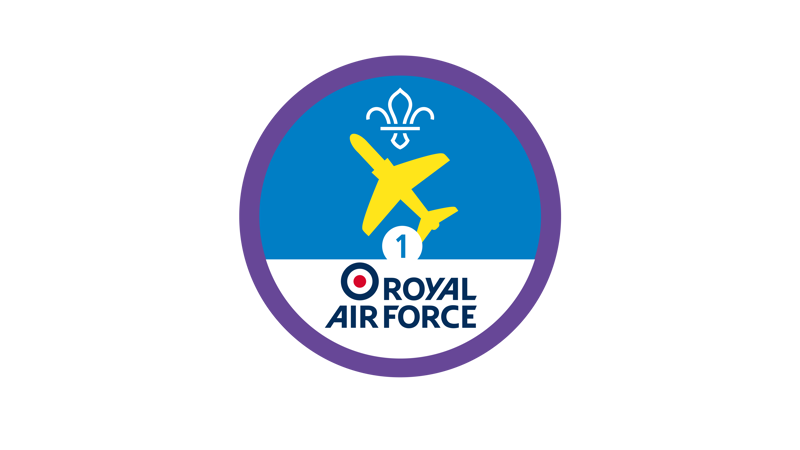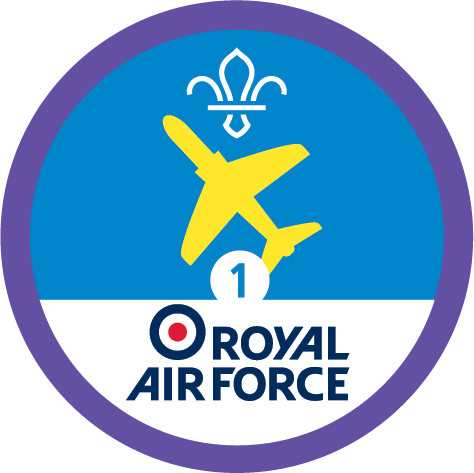
Whirly bird
You’ll need
- Scissors
- A4 paper
- Pens or pencils
- Rulers
- Chalk
- Paperclips
To watch in full screen, double click the video
Make your whirly bird
- Take the paper, and draw a rectangle no bigger than 20 cm long and 10 cm wide. Cut this rectangle out.
- Put the paper in front of you so it’s portrait (the shorter sides at the top and bottom, and the longer sides on the left and right). Fold the paper in half horizontally – fold the top down so it meets the bottom.
- Unfold the paper. The fold should split the paper into two rectangles.
- Draw a vertical line down the top rectangle, from the top to the bottom. Cut along this line, so the top rectangle is split into two rectangle flaps. These are the rotors.
- Turn the bottom rectangle into a T shape, by drawing two rectangles, one at the bottom left, and one at the bottom right.
- Cut along the top of the two rectangles you drew in step five, so the bottom rectangle becomes a T shape with two flaps.
- Fold one of these flaps in front of the bottom of the T, and the other behind the bottom of the T. Keep them there with a paperclip – the paperclip will also add weight and help the whirly bird to fly.
- Fold one of the rotors (one of rectangle flaps you created in step four) towards you, and fold the other away from you.
- Colour your whirly bird – this will make it look even better when it flies. It’s okay if you squash it a bit as you colour, you can fold it back into shape again.
Test your whirly bird
- Make a target on the floor using chalk, paper, or tape. Decide how many points each area of your target is worth.
- Everyone should take it in turns to fly their whirlybird at the target. Who can score the most points? Does anyone want to make any adaptations to make their whirly bird fly better? Why not try adding more paperclips, or changing the shape of the rotors?
Reflection
This activity helped you to develop skills. What skills did you use in this activity? Did you have to be patient with fiddly things like measuring, drawing lines, cutting, and folding? Which part did you find hardest? Was it good to practice the thing you found tricky? Do you think you’d find it easier to make another whirly bird?
This activity also gave you a change to problem-solve. Did your whirly bird fly perfectly first time, or did you need to make some alterations? What things did you try? Did different people’s whirly birds need different changes? Did your whirly bird fly better at the end?
Safety
All activities must be safely managed. You must complete a thorough risk assessment and take appropriate steps to reduce risk. Use the safety checklist to help you plan and risk assess your activity. Always get approval for the activity, and have suitable supervision and an InTouch process.
- Scissors
Supervise young people appropriately when they’re using scissors. Store all sharp objects securely, out of the reach of young people.
You may want to do step one before everyone starts this activity, so they don’t have to do the measuring. You may also want to use templates, with lines drawn on.
Test your whirly birds in teams, and see which team can score the most points.
Try different materials, targets, and methods of launching. How do they change the way the whirly bird flies?
Anyone who finds this fiddly or difficult could use a template, or someone else could help them.
All Scout activities should be inclusive and accessible.
